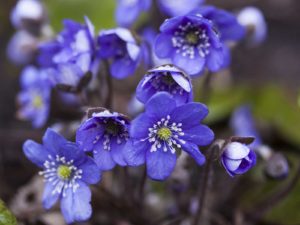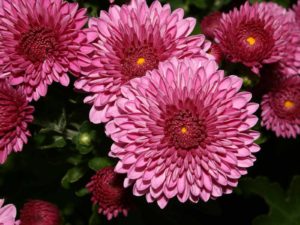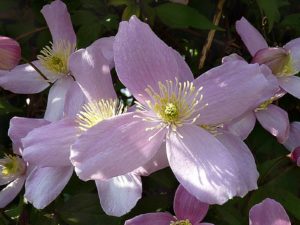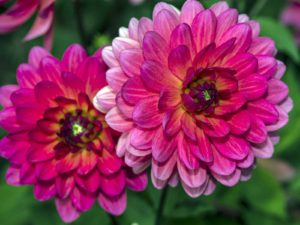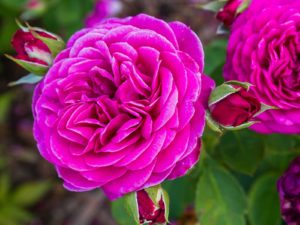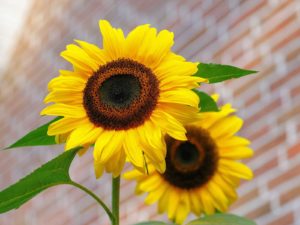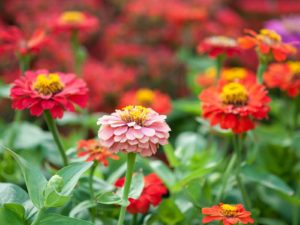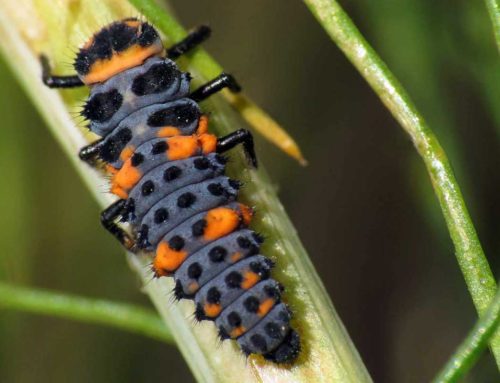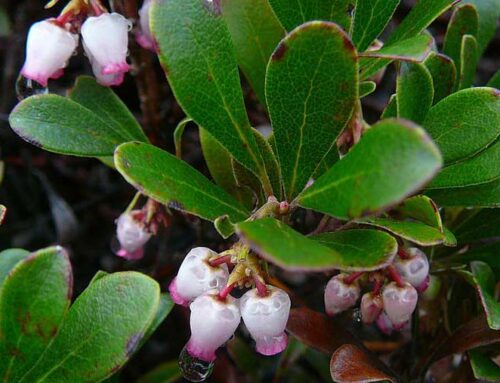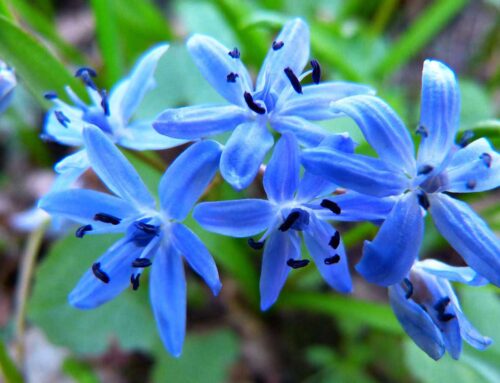Seasonal Fall Colors – Lincoln Landscaping Inc.
Fall months can quickly turn any colorful summer garden into a dreary brown eyesore depending on many factors. One of the main reasons this happens stems from the plants you choose to use, as well as some other factors such as location and the climate. When you’re choosing what to plant, you should consider what plants are native to your area, as native plants will thrive in areas they are native to. Not only will they grow better, but when planted in the correct zones, native plants will attract native birds, butterflies, and other pollinators to the surrounding area, making your garden a life saver for pollinators who will typically struggle to find food sources after summer blooms start to fade. Here are eight colorful fall flowers you might want to plant this fall.
Anemone
Anemones are great late-season bloomers that can bring great color to any fall garden. These can be grown in zones 4 to 7 and come in a variety of colors. Anemones take about a year to fully grow. They will do their best in humus rich soil and light to partial shade. The flowers come in a range of colors, from white and carmine red, to shades of blue and purple, and can bloom from July until frost.
Black Eyed Susan
Black eyed susans are one of the most common perennials, but for good reason. These perennials can tolerate heat and humidity like no other. These should be planted in an area that receives full sun and moderate watering, depending on how much sun it gets. Black eyed susan can grow up to two feet in height. These flowers should be planted earlier in the spring months and cut them back before the fall if you want to increase likelihood of fall blooming. Best if planted between zones 3 to 9.
Chrysanthemum
Chrysanthemum are a beautiful flower that comes in many variants, ranging in color, shapes, bloom time, spread, and bloom types. Typically when planting, you should pick a spot that gets early sun, and at least six hours of it. They are vulnerable to mildew so you should keep these dry as best you can. These require good air circulation as well as water drainage and proper care in order to bloom. Mums will do best planted in zones 5 through 9.
Clematis
Clematis, like chrysanthemums, also come in a variety of shapes, colors, and blooming seasons. Most clematis bloom between early spring and fall. Clematis requires at least 6 hours of sun daily, so planting them with chrysanthemums is a good idea. The soil must be kept at a cool temperature, so you should put two inches of mulch on top of the soil to keep in moisture and keep it cool. These only require an inch of water per week when established, and will grow best in zones 5 through 9.
Dahlia
Dahlia are one of the showiest flowers you can choose. They also come in a variety of colors and sizes. Dahlia prefer sunny and well drained areas, and will flower as late as early fall. To make soil drain better, simply add some gravel into it. Plant your dahlia tubers 2 to 4 inches deep in compost amended soil. Some dahlias may need stakes to help support growth. Dahlias can grow in zones 7 to 10, however, if in zone 7 you will need to protect them over winter with a thick layer of mulch.
Rose
Fall is a great time to plant roses. They’ll grow in any spot that gets at least 6 hours of sun per day and should be spaced two feet apart. They need watered about every other day, however in the first week you should water every day. You shouldn’t fertilize roses planted in the fall, and you also should not prune them. You should only plant dormant roses in the fall, meaning roses that don’t have any leaves. Heavy mulching is recommended to help them ensure winter survival.
Sunflower
Sunflowers are great to plant in any area located in full sun. They will thrive in any zone and can tolerate many soils, unless soil is waterlogged. They are one of the easiest flowers to grow and can also be harvested for their seeds, which have many uses on their own. They are very simple to grow, they just need to be spaced 2 to 3 inches apart and 2 to 3 inches of mulch on top. They will need 1 to 2 inches of water per week, and as long as they are in the sun they will grow to be at least 10 feet tall!
Zinnia
Last but not least, zinnia is a flower that is bursting with color and is also a heavy bloomer. Zinnia is proclaimed to be one of the easiest flowers to grow. They are also very tall flowers and are just nice because they can cut the work load from how easy they are. You can either start from your own seeds or buy zinnia from somewhere. Keep in mind that zinnia only grow outdoors in temperatures of 50 degrees F. Their soil should be kept moist, but once mature they become drought tolerant. Zinnia should also be deadheaded regularly to prevent diseases.
Lincoln Landscaping hopes this gives you some ideas on what to plant this fall to help add some color. Make sure to look into what plants are native to your area before planting!
Lincoln Landscaping “The Natural Choice”
Mike Kolenut President & CEO
https://lincolnlandscapinginc.com
(201) 848-9699

